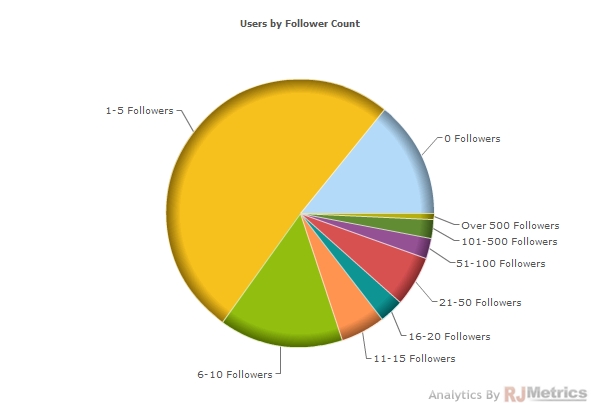The reading I have done recently on future forecasting and trends is boiling down to a few simple truths which can be summarised as: "Boring is the new black" (not mine I'm afraid - flicked past me on twitter this morning.)
1. As life becomes even more fast paced and frantic we are valuing the slow paced and calming.
2. We like to 'savour': lifestyle choices, quality social and recreational experiences.
3. Baby boomers will be slamming into retirement - and they won't be ready to put down their rucksacks and travel guides and recline into their lazyboys and largeprints. They are active and discerning and are looking for quality (and that doesn't mean excess) in the next ten years of their lives.
This post is a summary of the about the main themes from the
Horowhenua Development Plan published in June 2008. It is actually really good reading!
PopulationThe population of Horowhenua has remained static for virtually 20 years, and is likely to remain so. It may even decline. The numbers of young people leaving the District is almost equally offset by the numbers of older people retiring to the area. We have about double the NZ average of retirees at 30%. This is set to rise to 34% by 2026 and around 50% by 2051. Council are committed to attracting a younger demographic to the District, people looking for an improved quality of life.
So what?All retirees are not equal! Horowhenua is a destination for retiring baby boomers: 'young' retirees, active, highly mobile, relatively well off, discerning in their lifestyle choices and recreation choices. Over time they become 'old' retirees with a different set of characteristics: more dependent, less mobile, less 'able'. There will be an increasing workforce of caregivers who tend to be of a lower socio-economic demographic, and are often immigrants.
DevelopmentSubdivision and building consents reveal that new development is up and trending towards rural-residential, lifestyle and coastal villages. There is noticeable trend for holiday or second homes in the District. We have a high proportion of single occupier dwellings. The lack of public transport is an issue for the District, especially but not exclusively for older people who are more restricted in their movements for reasons which include: financial, age related and philosophical reasons ie 'green' movement.
So what?We will have the same number or less people spread over a larger areas in pockets of community. The goal is to develop 'liveable communities', neighbourhoods with 'hearts', focal point with all basic services to support lifestyle choices and an enhanced quality of life. New focal point for Levin is around the Mall carpark area, and "lack of social services restrict growth in coastal villages: schools, shops, libraries."
Concluding thoughtsSo thinking now about this relation to the design of library services in Horowhenua over the next 20 years:
- we will have lots of young and old retirees,
- lots of service support workers and their families,
- we need to support Council in attracting a younger demographic to the District through providing a quality service; libraries are a key part of decision matrix in relocating and say a lot about the town,
- we be serving a disparate, dispersed community, clustered into 'village' service centres,
- our clients will be looking to savour 'quality' and libraries as 'experience' and being central to the heart of their communities. This is not the 'drive through' service model but a 'living room'.
